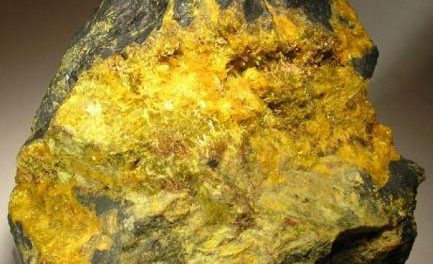
Funds for Etango project established
Etango being one of the few uranium projects in the world with a completed Definitive Feasibility Study (DFS) and environmental permitting got a boost following Bannerman’s successful capital raising.
Bannerman Resources Limited early last week announced on the Namibian Stock Exchange that it had completed the A$2 million capital raising by way of a Share Purchase Plan (SPP) and subsequent shortfall placements.
In an announcement on 20 April, Bannerman said, it has placed A$250,000 with an existing institutional shareholder. The SPP and shortfall placements were conducted at an issue price of A$0.052 (C$0.049) and will result in Bannerman issuing a total of 38,461,538 fully paid ordinary shares in the Company.
Bannerman alloted the shares under the shortfall placement on 24 April. The new shares were issued within the Company´s existing placement capacity and will rank equally with existing ordinary shares in the Company.
Bannerman´s chief executive officer, Len Jubber, said, “the successful completion of the A$2 million capital raising, through the strong support of two major institutional shareholders and the directors, enables Bannerman to continue investing in enhancing the Etango Project´s early mover advantage.”
Said Jubber, the funds will be used to operate the recently constructed Etango Heap Leach Demonstration Plant and for general working capital purposes.
“Bannerman´s advancing Etango Project remains one of the very few globally significant uranium projects that can realistically be brought into production in the medium term,” he added. Based on the DFS, production at the project is expected to be 7-9 million pounds U3O8 per year for the first five years and 6-8 million pounds U3O8 per year thereafter. It will have a minimum mine life of 16 years with significant expansion potential through the conversion of existing Inferred Resource as well as the deposit being open at depth and along strike. Etango is considered by Bannerman to be a low technical and environmental risk project, with conventional open pit mining and sulphuric acid heap leaching at 20 million tonnes per annum.











































